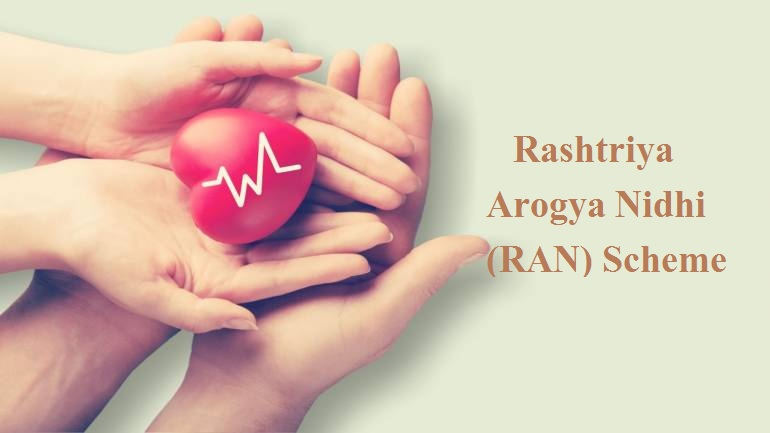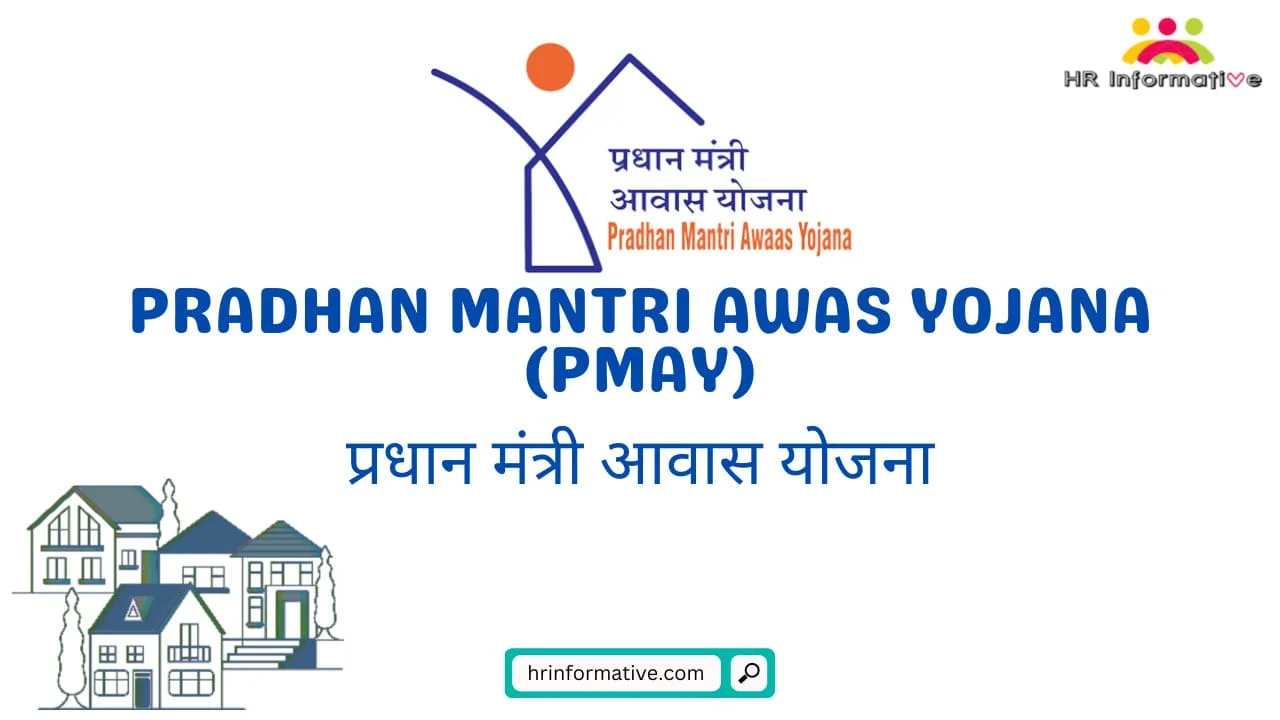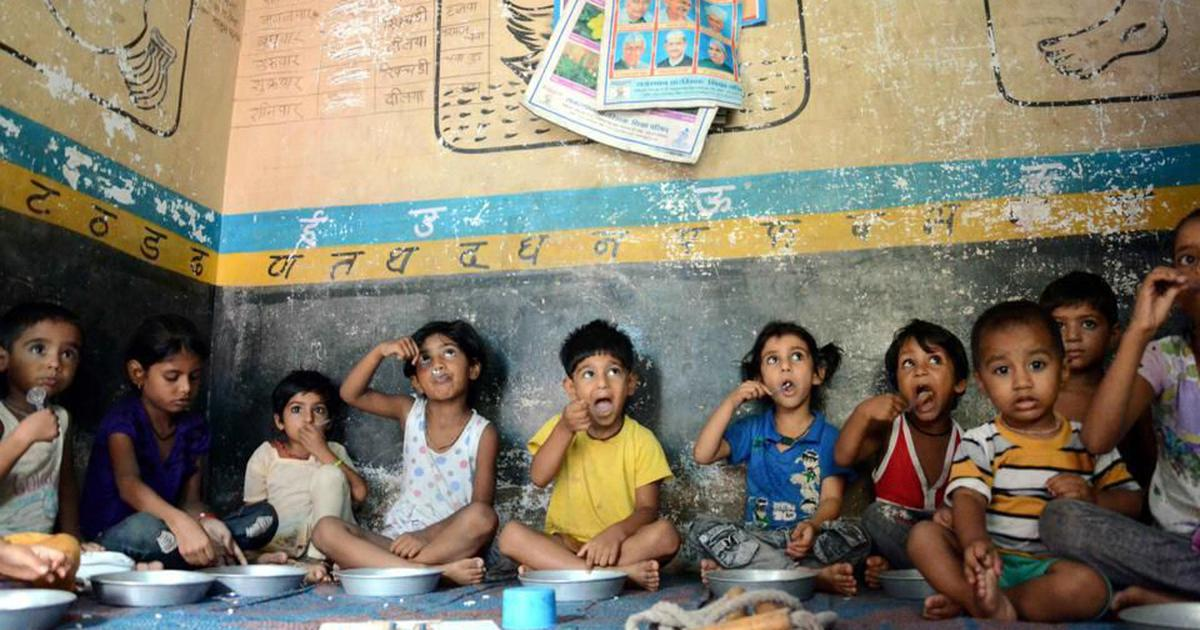Description
.png)
Copyright infringement not intended
Picture Courtesy: https://newmancollege.ac.in/national-service-scheme-nss/
Context: Trained volunteers from the National Service Scheme (NSS) to provide assistance to differently-abled people and senior citizens during the upcoming polls in Kozhikode district, Kerala.
About National Service Scheme (NSS)
- It is a voluntary program launched in 1969 by the Ministry of Youth Affairs and Sports, aimed at fostering social responsibility and community engagement among students.
History of NSS
- NSS was inaugurated in 1969 during the birth centenary year of Mahatma Gandhi.
- It was initially introduced in 37 universities involving 40,000 students.
- NSS serves as an extension dimension to the higher education system, orienting students towards community service during their academic years.
Objectives of NSS
- To understand and connect with the community in which students work.
- To develop a sense of social and civic responsibility among students.
- To identify community needs and problems and be involved in problem-solving processes.
- To develop leadership qualities, democratic attitudes, and skills required for group living.
- To promote national integration, social harmony, and participation in community development
Motto and Symbol of NSS
- Motto: "NOT ME BUT YOU" emphasises selfless service and altruism towards others.
- Symbol: Based on the "Rath" wheel of the Konark Sun Temple in Odisha, symbolising the cycle of creation, preservation, and release.
- Navy blue represents NSS as part of the cosmos contributing to mankind's welfare.
- Red symbolises the vitality and energy of NSS volunteers.
- The NSS symbol embodies the spirit of dynamism, energy, and commitment towards social service.
Enrollment Process
- NSS enrollment starts from the 11th standard onwards.
- At the college level, students from the first and second year of degree courses can join NSS.
- Foreign students studying in Indian universities can also participate in NSS.
- NCC cadets are not allowed to join NSS, and vice versa.
- NSS volunteers must complete 240 hours of social service over two years, including orientation and community service hours.
Administrative Structure of NSS
- School/College Level: Grass-root units with NSS units allotted based on student strength. Each unit typically comprises 100 volunteers and is managed by a Programme Officer (teaching faculty).
- University Level: Each university has an NSS Cell overseeing affiliated colleges' NSS programs.
- State Level: State NSS Cells headed by State Liaison Officers coordinate NSS activities within the state.
- Regional Level: NSS Regional Centers maintain liaison with state governments, universities, and councils for program implementation.
|
Currently, NSS has approximately 3.86 million student volunteers enrolled in over 41,442 units across universities, colleges, technical institutions, and schools nationwide.
|
Activities Undertaken by NSS
- National Integration Camp: Fosters national unity and cultural exchange among students from diverse backgrounds.
- Shramdaan: Involves voluntary labour for community development projects.
- Blood Donation: Organises blood donation drives to support healthcare initiatives.
- Immunisation: Raises awareness and facilitates vaccination drives.
- Plantation: Promotes environmental conservation through tree plantation initiatives.
- Disaster Management: Trains volunteers in disaster response and relief efforts.
- Adventure Programs: Encourages outdoor activities for leadership development and team-building.
Conclusion
- NSS plays a key role in nurturing social responsibility, leadership, and civic engagement among students across India through its diverse range of activities and structured programmatic approach. The program continues to uphold Mahatma Gandhi's ethos of selfless service and community empowerment.
Must Read Articles:
NSS
Source:
The Hindu
Vikaspedia
|
PRACTICE QUESTION
Q. Which Ministry of the Government of India oversees the National Service Scheme?
A) Ministry of Education
B) Ministry of Health and Family Welfare
C) Ministry of Youth Affairs and Sports
D) Ministry of Rural Development
Answer: C
|




.png)
.png)


.jpg)



